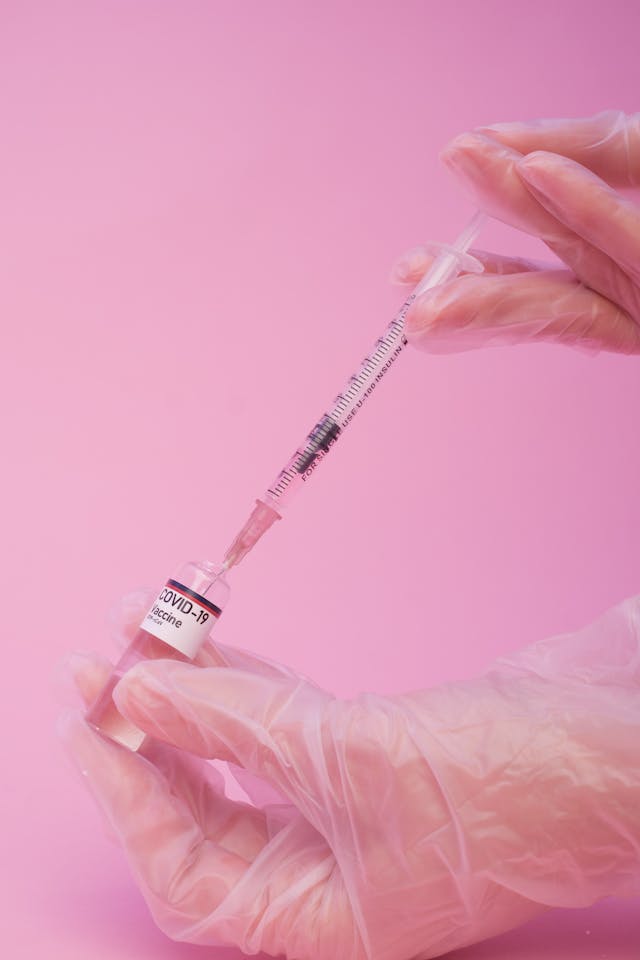No matter where you stand on the issue of Covid 19 vaccine hesitancy and current mandates, it makes sense to examine several misconceptions about their development. First, far from using untested methodologies, skipping steps, failing to test enough sample population, or rushing production, scientists all over the world collaborated in an unimaginable effort. Instead, worldwide scientific collaboration enabled virologists to create multiple prospective vaccines, locate volunteers willing to act as initial test subjects, and begin producing batches of the resulting human-tested vaccines while awaiting FDA approval for their use.
Collaboration
Ordinarily, researchers guard their findings because their funding came from an agency that planned to profit from the investigation into any potential treatments. With Covid 19, however, groups and governments shared their discoveries and insights across international borders because the disease affected people worldwide. Sufferers overwhelmed emergency rooms and critical care units to the point that multiple nations initiated local and nationwide quarantines between January 15 and April 1, 2020, to keep the sick separated from those who were still well. Many have learned how to work from home or study. Basically, for some people, it was even a pleasant discovery because they do not need to spend time on the road, students have discovered that now they can not only study online but also buy custom college essays online, which is quite convenient.
Funding
Contrary to popular opinions, the only thing skipped was downtime: the days, weeks, and years between making a discovery, running tests, publishing results, and finally, getting the treatments developed during research to the people who need them. Private and governmental funding flooded into research centers worldwide, at levels scientists previously dreamed of receiving. For example, according to Vanderbilt researcher Dr. Naji Abumrad, Dolly Parton’s $1 million-dollar donation to Vanderbilt University Medical Center made the timeline for developing the Moderna vaccine ten times faster. Likewise, the Bill and Melinda Gates Foundation committed a total of $1.75 billion toward Covid-19 vaccine development and distribution.
Clinical Trials
After in vitro testing, using virus strains in a Petri dish, possible vaccines get tested first on rats or pigs. Only those with high success rates against the virus, minor side effects, and few to no deaths go to human clinical trials. Subsequent clinical trials happen in three stages.
Phase One
The initial testing phase employs groups of otherwise healthy people to determine what side effects the subjects experienced. Step one trials also compare the effectiveness of different doses against the virus. Phase one clinical trial groups remain small to limit liability if the treatment harms participants more than it helps.
Phase Two
Next in phase two, groups of people similar in age, gender, physical health, and sometimes race receive the vaccine or a placebo, a tactic know as randomizing. To further prevent bias, the researcher does not know which test participant received the vaccine and which one received a placebo, known as a double-blind study, the platinum standard for excellence in medical treatment.
Phase Three
In phase three, thousands receive the vaccine. Scientists and medical personnel gather data about any side effects, injuries, or deaths resulting from the vaccine, if any, stopping the trial if serious side effects or deaths exceed the potential benefits of the treatment for those who receive it. In the case of the Moderna and Pfizer vaccines, their effectiveness exceeded all expectations. These phase three trials ended so that participants who had received the placebos could undergo treatment with the actual vaccine instead.
Conclusion
With above 95-percent success rates, the Moderna and Pfizer vaccines each received preliminary emergency use authorizations from the FDA. As of August 23, 2021, the Pfizer vaccine has approval for administration to children age 12 through 15. Neither the Moderna nor the Pfizer vaccine makes you magnetic. Neither vaccine contains microchips or other tracking devices. In addition, the vaccines cannot alter DNA, shed, or release any components since none of them include live, weakened viruses.
